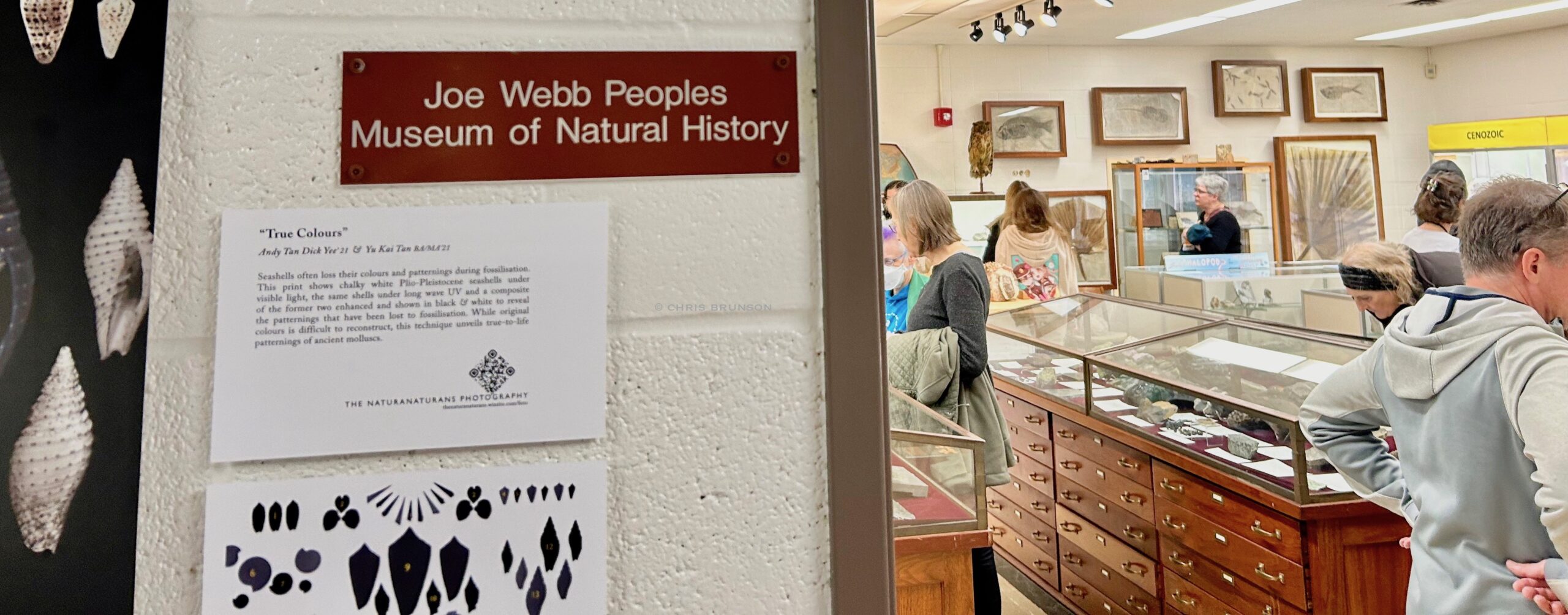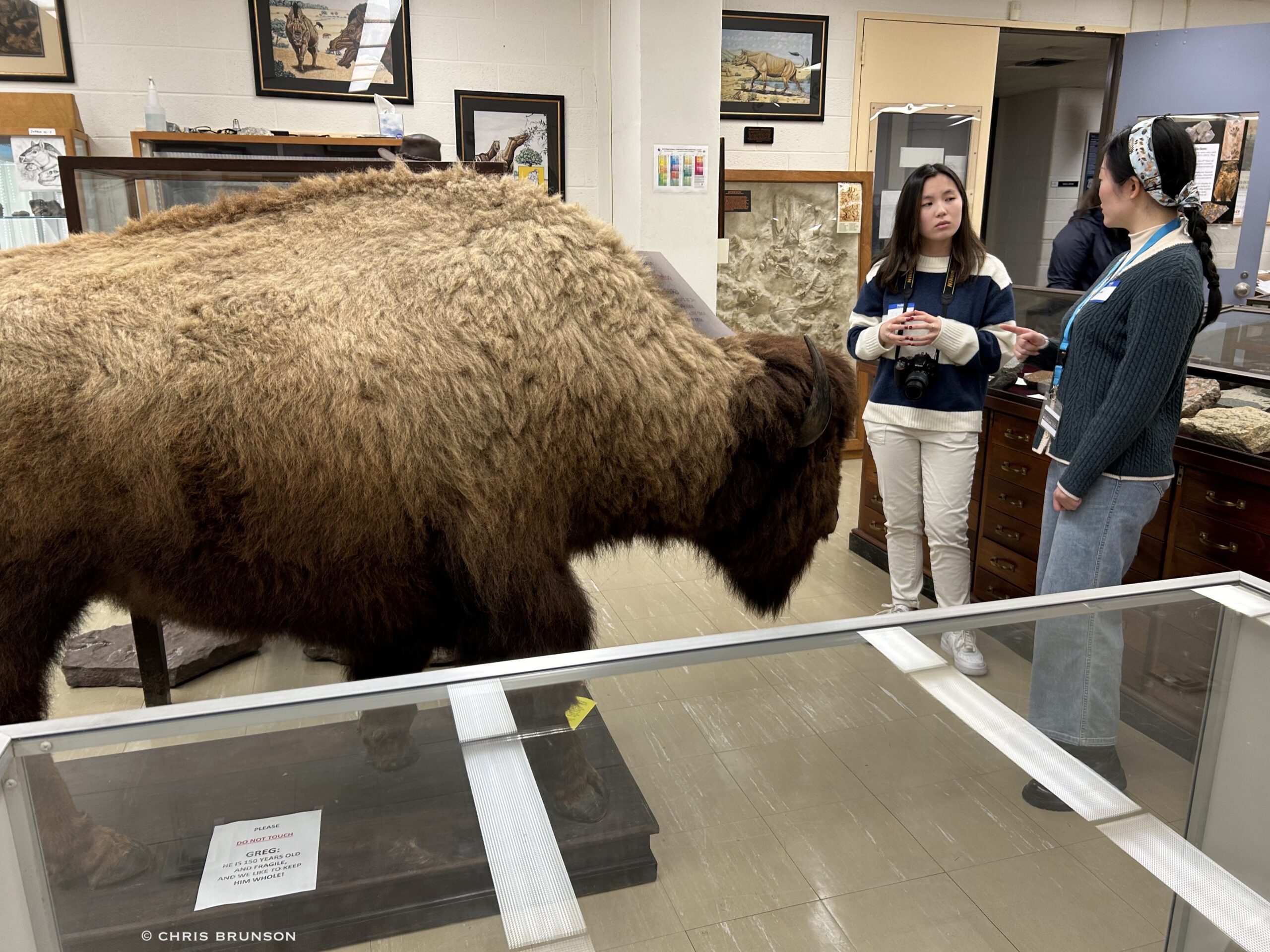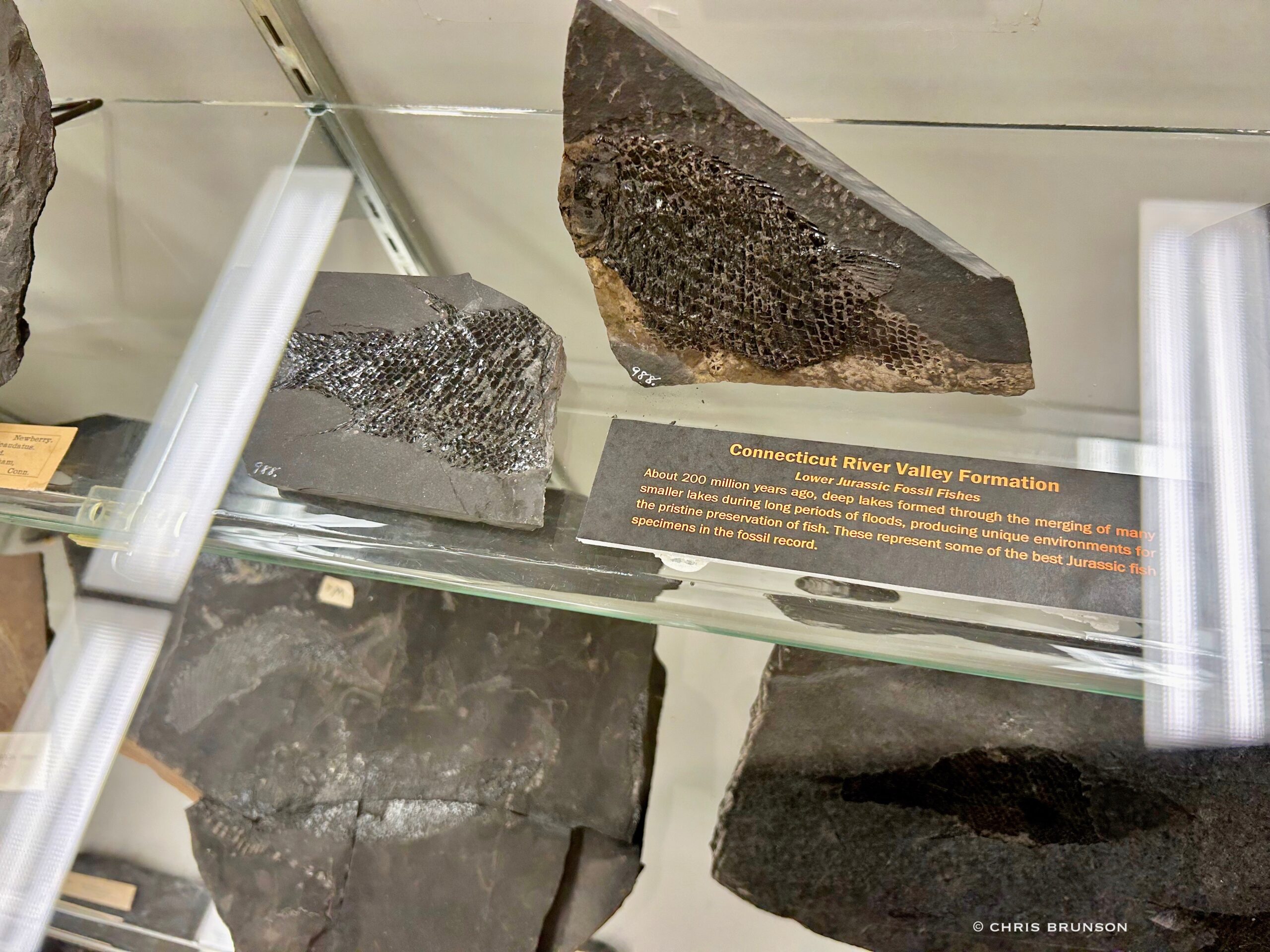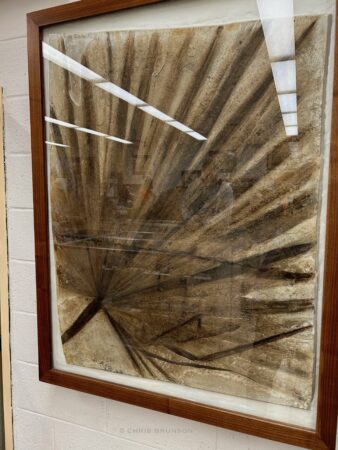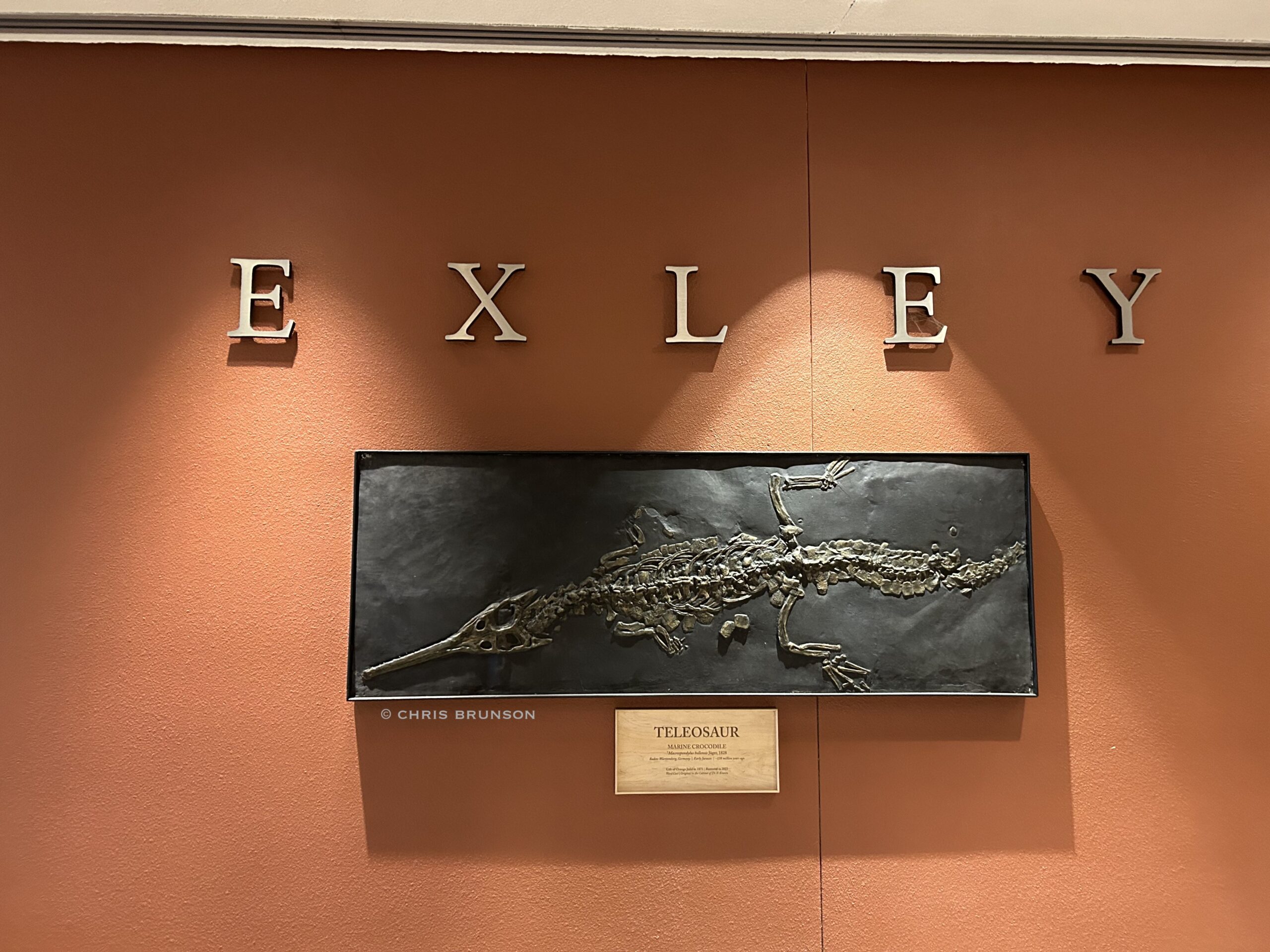March Walk: Into Natural Wonders, Near and Far; Seek, Find, Share
“One way to open your eyes to unnoticed beauty is to ask yourself, ‘What if I had never seen this before? What if I knew I would never see it again?'” Rachel Carson
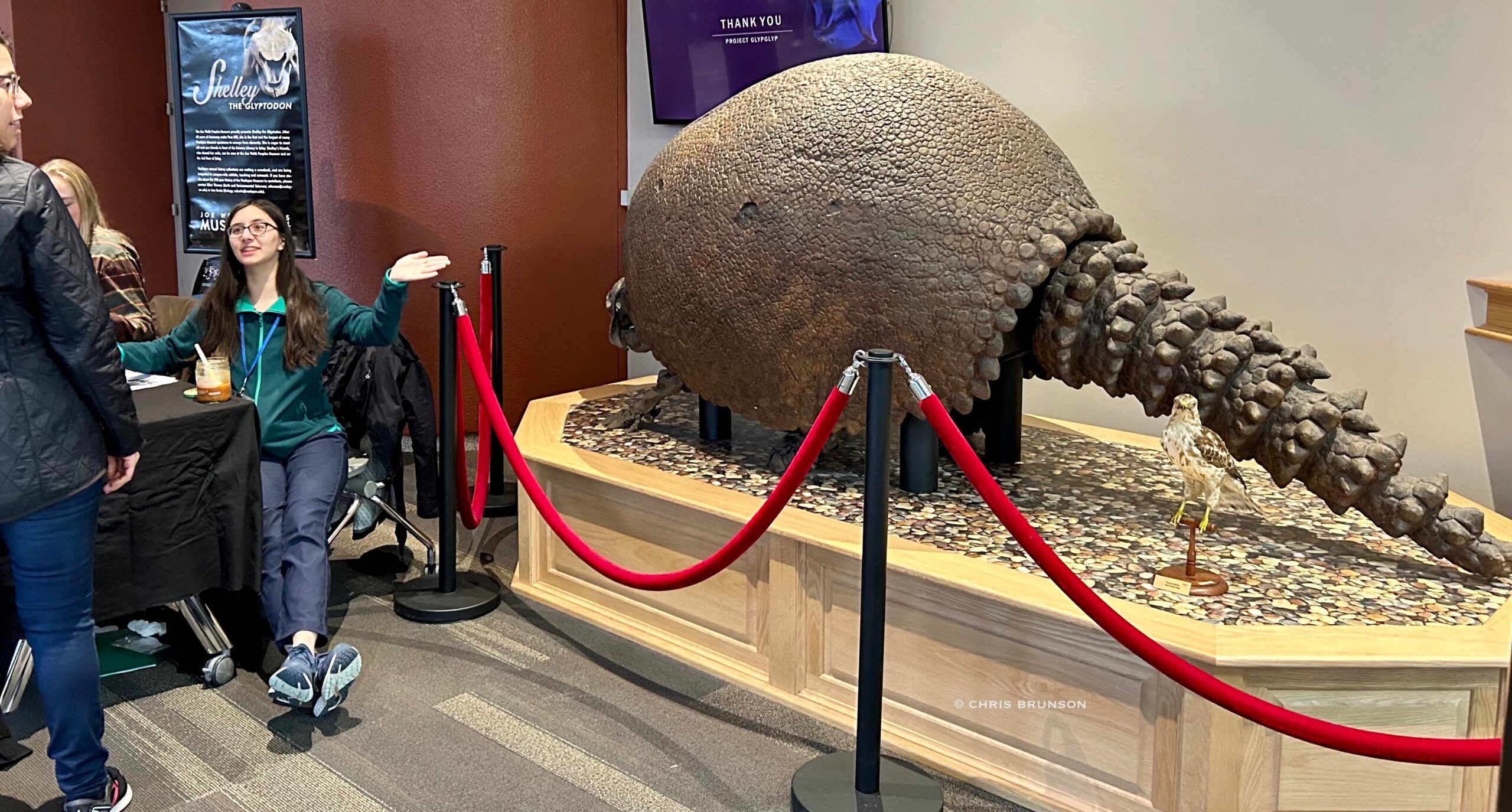
Oh Shelley the Glyptodon, what a journey to your place of honor at Wesleyan University Exley Science Center in Middletown, CT.
From 2018: “If you are wondering, there is so much more in the Wesleyan storage places from where Glyptodon came: she is a mere tip in the sea of icebergs in our collections. The Joe Webb Peoples Museum of Natural History collections on Level 4 of Exley holds over 100,000 fossils, minerals and meteorites. Many of these are world-class specimens that are held by few other institutions in the world. Come feast your eyes on some of nature’s most elusive treasures.”
(This was before she had been named. Source: (2018) https://wespeoplesfossils.blogs.wesleyan.edu/2018/03/15/our-star-glyptodon/.)
It's been on a life list to visit Wesleyan University Joe Webb Peoples Museum of Natural History; and with the recent open house (thanks to see it on FOSA Facebook page), achieved. With the Yale Peabody Museum of Natural History closed (re-opening after extensive expansion, can't wait), absolute delight to see the collections in Middletown, CT. Connections to other places and times, sites well known and others to learn about. Fossil fish, Durham. Bison named Greg. Penguins. Bones and skulls. The bat skeleton (!) and reading the walls, comments, drawings, stickers, a child's drawing of where penguins may be found. The delight in seeing the lightbulb display care, not related to the open house yet fascinating.
Fossils on the wall. The deep red contrast, so well done. Oh boy, such joy. Incredible natural wonders, preserved and shared. (Mary and Anning and Tray!) Stickers and a hunt, but so much to see and learn. (Did not complete, but thank you for those two prizes.)

“For countless generations Mamoosan’s people, the Wangunks, had thrived here in a place they called Mattabeseck. But now, in the 1740s, Mamoosan (‘Son of the Moose') was among the handful of his people that remained. He surveyed what little was left of their vast ancestral lands and despaired. His people were destitute. Younger Wangunks, in search of a better life, had set off to join settlements of related Native Americans in northern New York. Reluctantly, Mamoosan, then 40, followed.” Excerpt from Middlesex County Historical Society; linked to source.
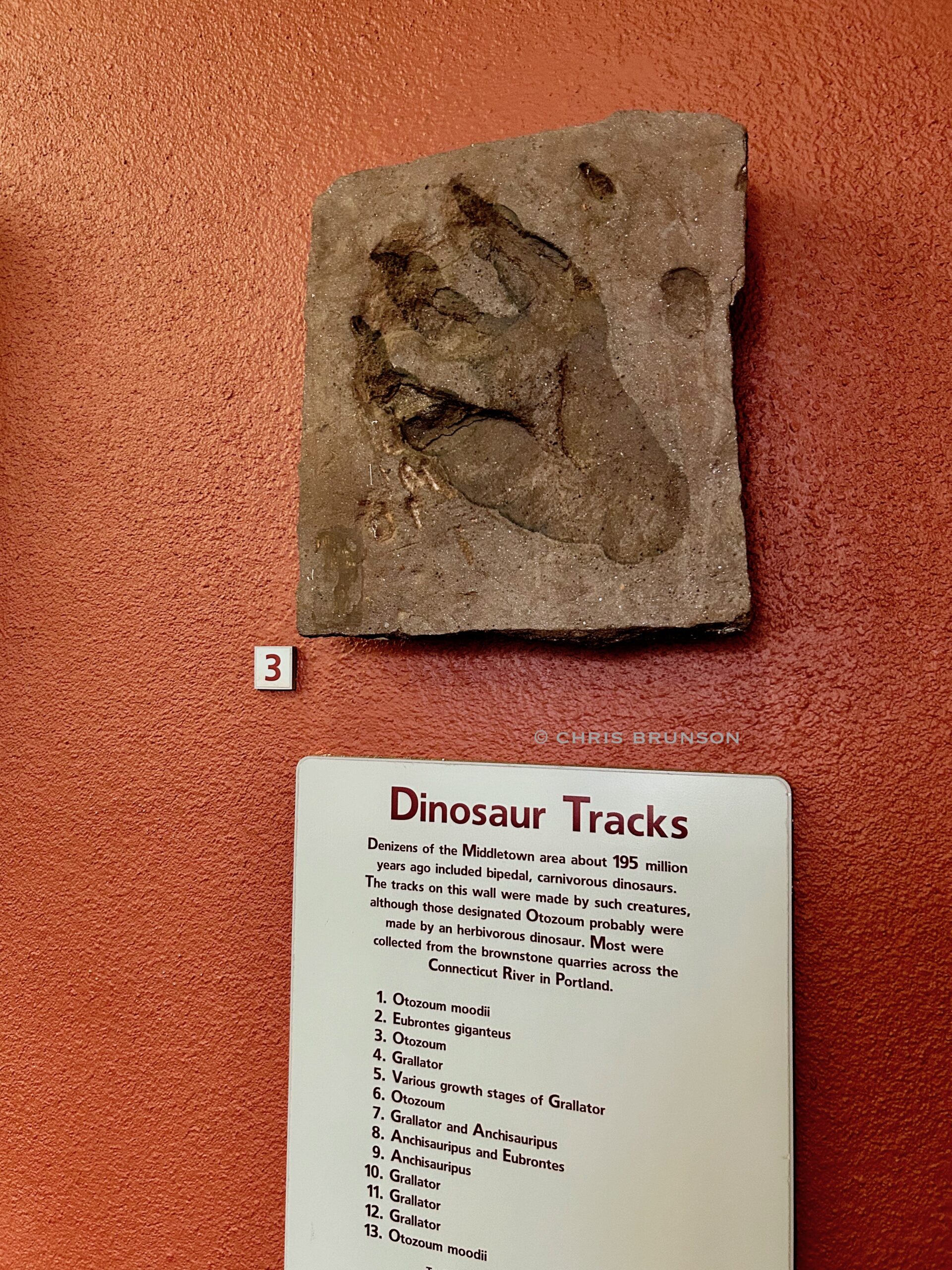
Steps in time preserved. Where found? Nearby (across the river) Portland quarries, Connecticut. Just imagine the time that has passed since the foot left the soft earth to right now.
“Our natural history collections are amongst the oldest university collections in the country, with some dating back to the 1820s, i.e. predating the establishment of Wesleyan University in 1831. In 1871, a museum was built to house these valuable collections: Orange Judd donated 100,000 dollars for the construction of the Judd Hall of Natural Sciences, and further donated a series of over 900 replicas of world’s famous fossils (Ward’s casts) to grace the new museum hall. This museum was closed in 1957, and the hall was dismantled and replaced by laboratories, due to the dwindling interest in natural history. Since 2017, we have been restoring and exhibiting these remarkable specimens after over 60 years in storage, during which time most people on campus have forgotten their existence.”
Source: https://wespeoplesfossils.blogs.wesleyan.edu/about-us/
Then on to the Beman Triangle, Middletown. Same, event, another floor.
“…the Beman Triangle, a community where Black people could own homes and property. Started in 1847 by Leverett Beman (1810-1883), the grandson of a slave and the son of a local preacher, it was one of the few free Black-owned community spaces in all of Connecticut. Leverett Beman is not the start of his family's legacy; his grandfather, Cesar Beman, fought to gain his freedom in the American Revolution, however, Connecticut did not fully outlaw slavery until 1848 due to the very gradual nature of the state's 1784 gradual emancipation law. The last name Beman is no coincidence; it was chosen because the formerly enslaved Beman family wanted a name that validated their autonomy and humanity, hence be-a-man became Beman. This plot of land was likely able to be sold to freed Black people partially due to it being prone to flooding, having been referred to as part of or near the “Dead Swamp” and flooding has been a constant part of the difficulties living there. After 1900, few Black families moved into the community and by 1920, the Beman Triangle's once free Black community had essentially dissolved, as the larger Black population in Middletown dwindled to an all-time low. Today, much of this historic community is owned by Wesleyan University and used as housing for students.”
Source: https://www.wesleyan.edu/reslife/ugrad_housing/Continuing%20Student%20Housing%20Options/History%20of%20the%20Beman%20Triangle.html
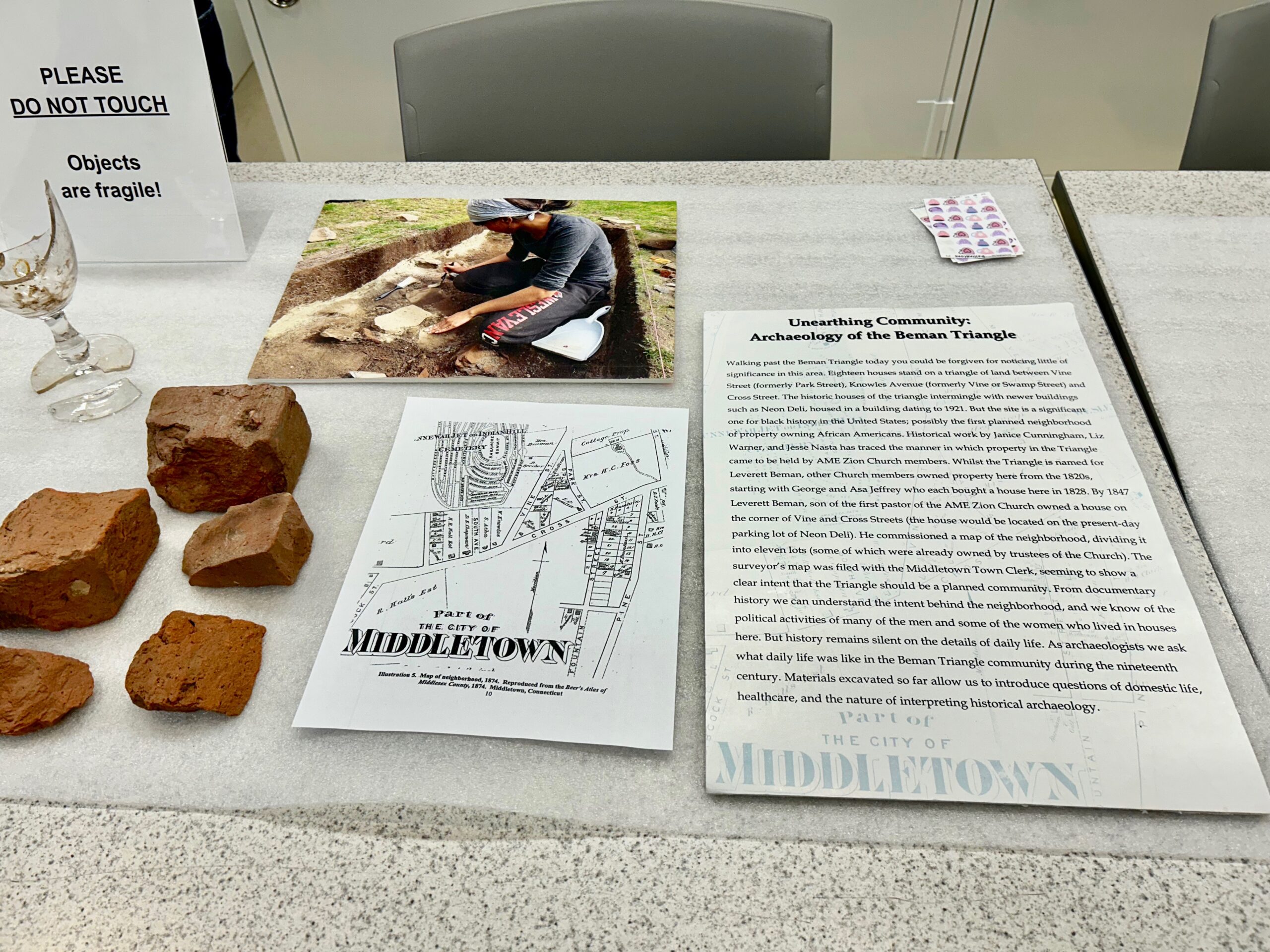
“Know all men by these presents that I, John Isham, for faithful services born my by the Negro man Cesar Beman emancipates and sets free from any further control:…this 18th day of February 1781.”
Also. Noteworthy and news:
The Ice Age Trail in WI is a gift for its citizens and visitors. It's a 1,000-mile footpath contained entirely within WI that required immense coordination among private landowners, NPS, WDNR, cities, and NGOs. An example of the conservation economy and WI's high trust society. https://t.co/8RerR6rQUa
— Noah J. Sabich (@NoahSabich) March 6, 2024
Sherry Pocknett, Mashpee Wampanoag Tribe citizen, is Connecticut's Woman of the Year 2024. In 2023, Pocknett won the James Beard Award for Best Chef for the Northeast and was the first Indigenous person to win the award.https://t.co/Q4y3VOkQ45 pic.twitter.com/32iOSQWoX2
— USETINC (@USETINC) March 1, 2024
One more.
Note: To visit collections, see https://jwp.wescreates.wesleyan.edu/; call ahead to confirm. This story has been updated.

